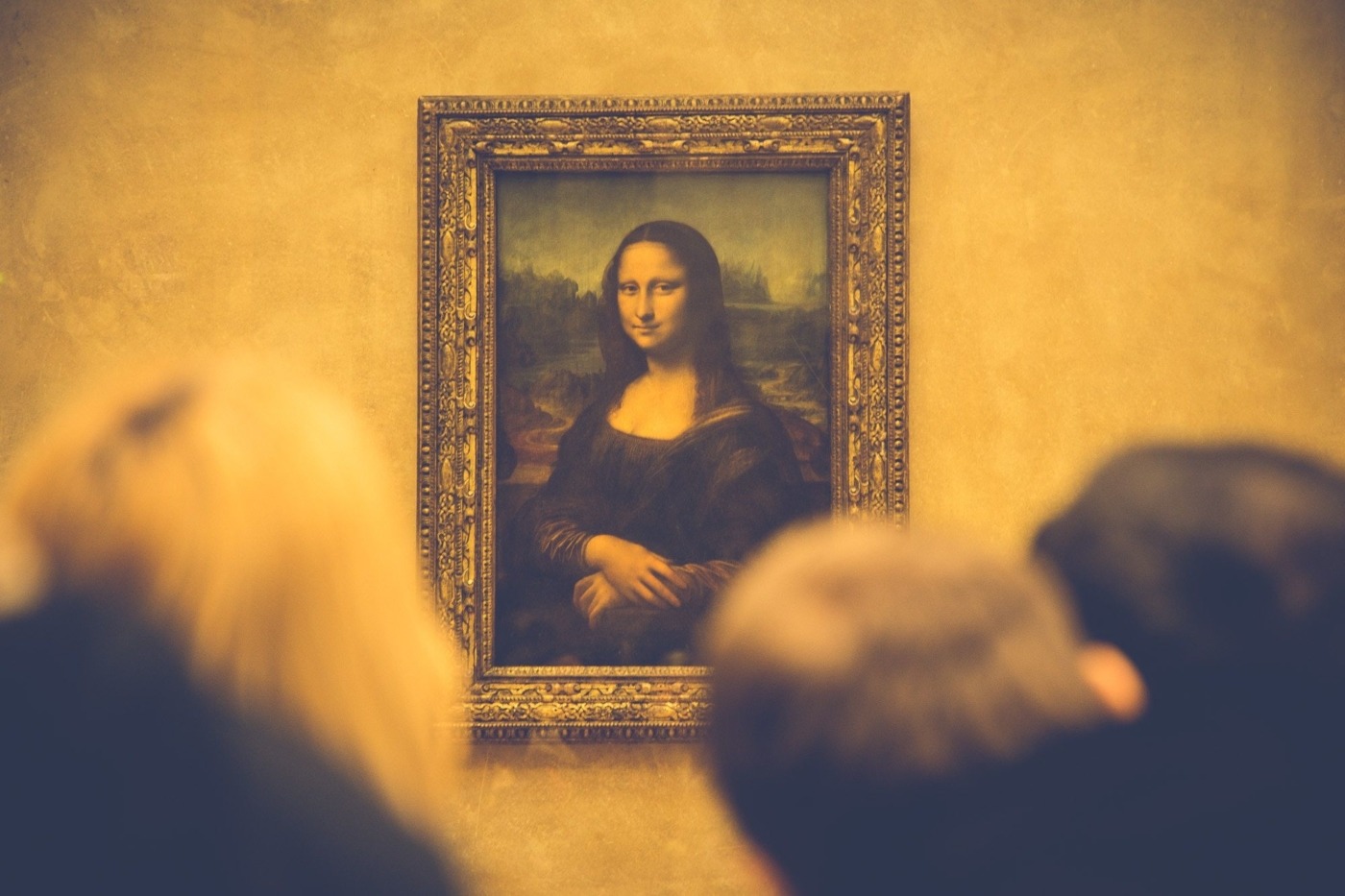Eye of the Renaissance
A question that is frequently asked about one of the most iconic portraits in history: ‘is the Mona Lisa smiling?’ It could have been more obvious to the artist himself, Leonardo da Vinci, who may have had a squint which aided him in constructing this upon many others of his incredible works.
Da Vinci left behind a significant legacy in both the realms of art and science, standing out at a time of immense creativity in Renaissance Italy alongside other brilliant artists such as Michelangelo and Raphael. He is as such one of the most celebrated individuals in human history.
Despite this, there are very few convincing images of the man himself, but it is thought that some of his works resemble his features. The ‘Codex Atlanticus’, a set of drawings and writings by da Vinci includes a passage of text that suggests that his work was self-inspired: “the soul guides the painter’s arm and makes him reproduce himself, since it appears to the soul that this is the best way to represent a human being”.
The ‘Codex Atlanticus’, a set of drawings and writings by da Vinci includes a passage of text that suggests that his work was self-inspired
Researchers from the Optometry and Vision Sciences School of the City University of London have concluded that a squint in one eye may have caused strabismus. This involves one eye straying from an object, looking up, down, inward or outward while the other focuses upon said object. This trait allowed the Tuscan maestro to really fixate on two-dimensional surfaces, giving high levels of subtle detail as seen in his scientific works such as ‘The Vitruvian Man’, as well as his artistic statements.
The strabismus was diagnosed by researchers after measuring the eye alignment of six works which conferred the likeness of da Vinci and may have been somewhat modelled after the man himself. This was done by fitting circles and ellipses to the eyes of the subjects in two oil paintings, two drawing and two sculptures, including ‘Young John the Baptist’ and ‘Salvator Mundi’. The angle of deviation from the focussed eye was then measured, determining if da Vinci did indeed have a form of strabismus.
The angle of deviation from the focussed eye was then measured, determining if da Vinci did indeed have a form of strabismus
The researchers concluded that da Vinci had a variant of strabismus called exotropia, which is where the alignment of the eye diverges outward. This would have given him monocular vision (as opposed to binocular vision, which provides us with depth perception), and is two-dimensional and may have provided da Vinci with an acute attention to detail and aided his ability in transferring the three-dimensional image onto canvas. This is due to the brain being exposed to one signal from one eye; it tends to block out information from the unfocused eye.
The primary researcher from the City University of London, Professor Christopher Tyler, believes that da Vinci had intermittent exotropia, but when he focused intensely upon his work strabismus had no effect, only coming into play when he relaxed into his painting or drawing. Tyler remarked: “this would perhaps explain his great facility for depicting the three-dimensional solidity of faces and objects in the world and the distance depth recession of mountainous scenes.”
The researchers concluded that da Vinci had a variant of strabismus called exotropia, which is where the alignment of the eye diverges outward
So, are there any other famous names who could have had a variant of strabismus? Yes, it seems, the likes of Rembrandt, Degas and even Picasso have been linked with having some variant of strabismus, implying that strabismus could have been a common trait amongst some of the best artists of the previous 500 years.

Comments
Comments are closed here.